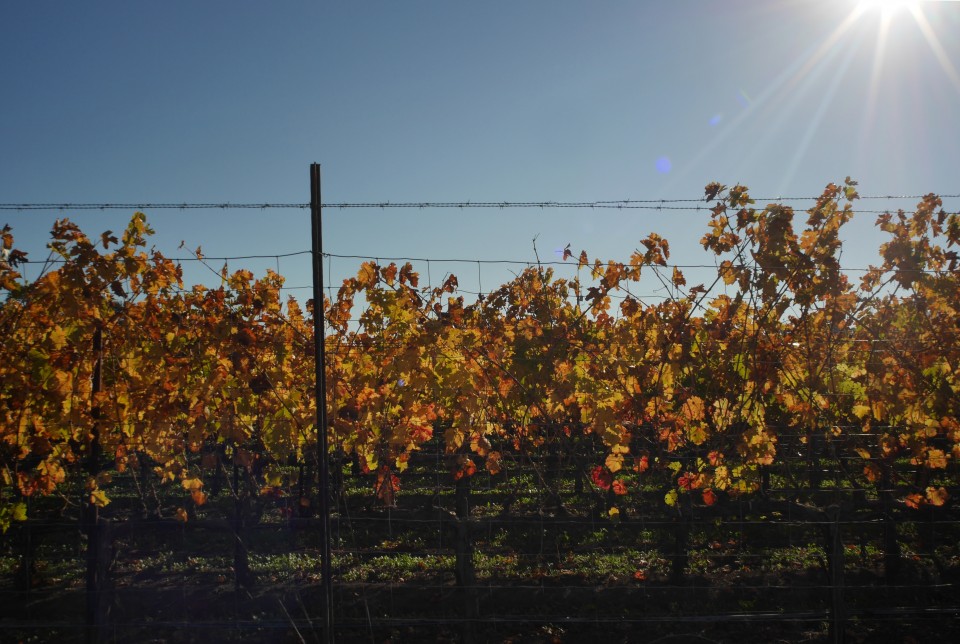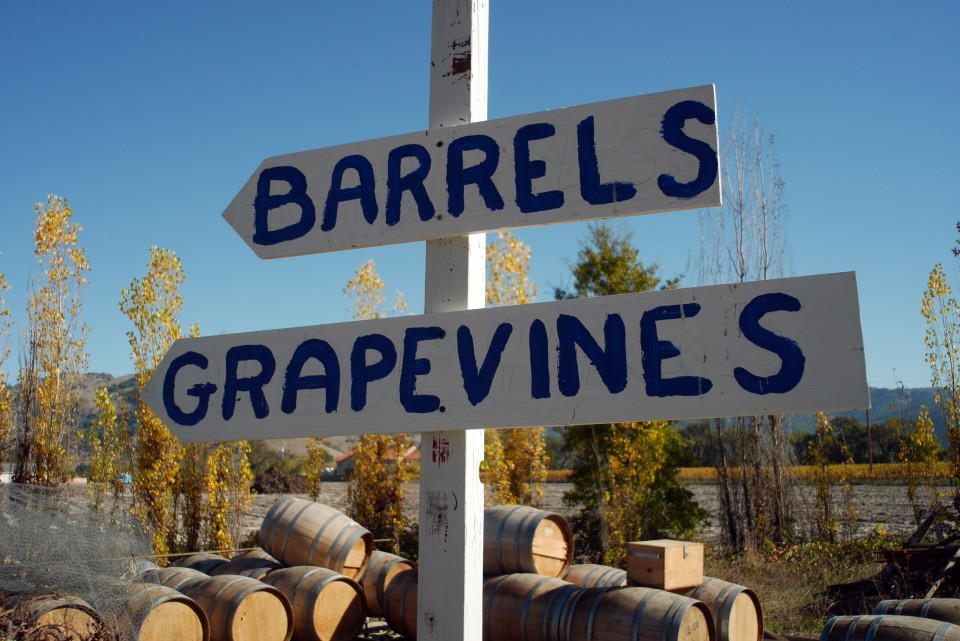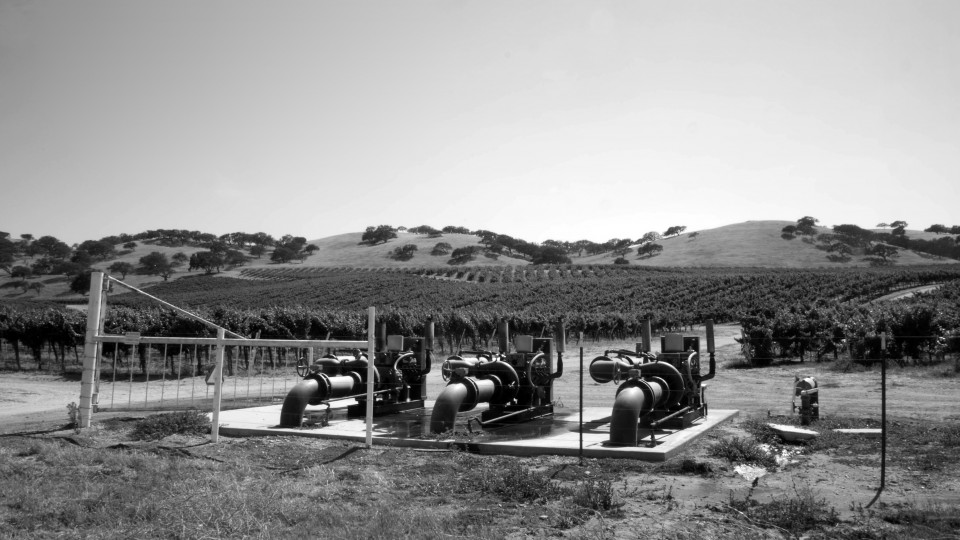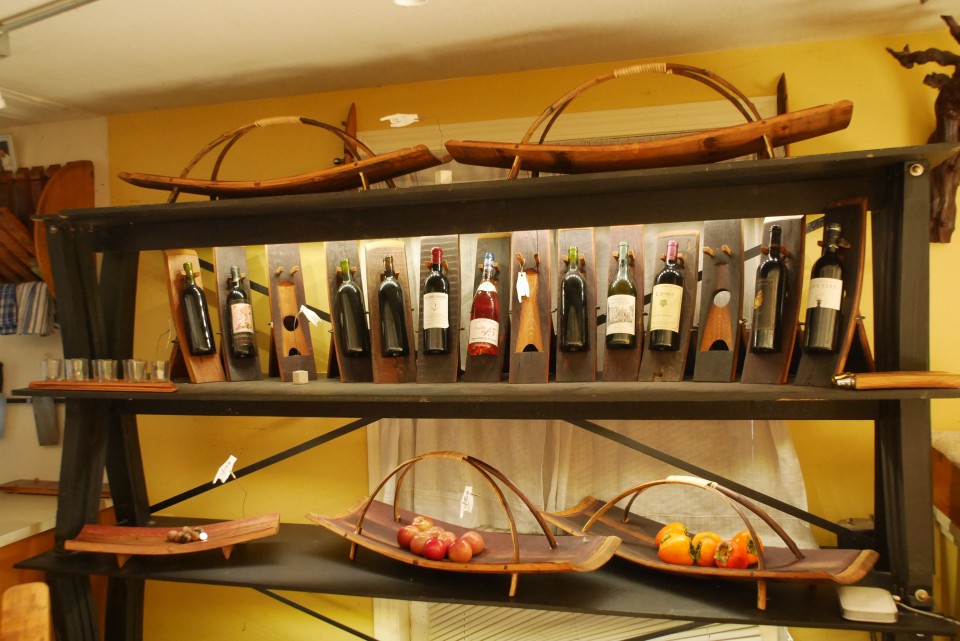Article and Photos by Robert Lundahl
There are many organizations that have created sustainability programs, and one common characteristic the early adopters share is a focus on “key indicators,” from water consumption, to energy use, and so on, down the line. While these “first generation” programs have successfully measured environmental progress on the ground, the sustainability department is often an accounting or risk management department in disguise.
As customers search for meaning in their lives, and that search supports “green” consumer choices, the bridge between the two, what a brand stands for, and it’s footprint on the planet, is still the road less traveled.
Sure, Ben and Jerry and others have made their cause their brand. But “You are what you eat,” as the old saying goes, as a business strategy, as a brand strategy, is ignored at a company’s peril in 2015.

This is an era where business values, measured as sustainability indicators, need to be communicated smartly, and well — simply put, because that’s what people care about.
The school age child who learns about disappearing lions, tigers, leopards, rhinos, coral reefs, orcas, birds, salmon, polar bears, and other species, water shortages, pollution, and rising global temperatures, may well become the owner of a computer, a car, may live in a city, dine out, purchase clothes, food, and home consumer goods, very shortly. And in that lapse of just a few years, the character and quality of life on Earth and the quality of our lives will change, on average, how should we say, not for the better. Nor for the easier.
The better educated that school child becomes, the more affluence they have access to, the more they will comprehend the world in which they live.
Now hospitality businesses like wineries, resorts, and restaurants will sometimes have a sustainability web page, or a video, perhaps not. But the name of the game in a universe of “all-in” social media, is customer engagement.
The sustainability department is now the company. Sustainability is the Branding of the 21st Century.
That’s easy to see, but the “fail” for most, comes with implementation. How do we tell the story? Is it a conversation that lives and breathes, because of its relevancy and interest? Is the story told across multiple platforms in a seamless manner, taking advantage of axioms like reach and frequency that advertising depends on? What about positioning, messaging, and targeting — how do we stack up against the competition and why, how do we frame or tell the story, and who specifically are we having a conversation with?

The tenets of traditional marketing, when applied to digital communications, cut through the clutter and claims, creating a simple and understandable approach that guides effective campaigns. But this new landscape, where we talk about people and our relationship to nature and natural systems, how we fit in, and how we work together — beautifully and cleverly — to extend the resources we have, seems new at first.
Techy, specific, a mix of science and art, technology and big ideas, design, health, habitat, agriculture, water and food/beverage, countless brands have taken their first steps, but we can do much better.
Words are important. When we discuss trees, do we conserve or save? What is an ecosystem? How do we learn as we enjoy? Most importantly how do we make 21st Century Branding work like nature itself, like an ecosystem of ideas and experiences.
It is as true in branding as it is in engineering. Objects are de-materializing. More software, less hardware. We make less things. We create more connections, conversations, tele-presence, and vision.

In a time of California’s perhaps unprecedented drought, and the radical transparency of the on-line space, negative stereotypes are seen for what they are.
Wine producers using dry farming techniques, and rainwater harvesting and cachement, stand tall amid uncertainty; they rise above the pre-existing conversations in the market and in the media, “Who gets the water and at what price?” And isn’t that, as one example, something to talk about? Positioning against market forces to differentiate the brand is a “natural.”
Sustainability, meet integrated communications.
###

